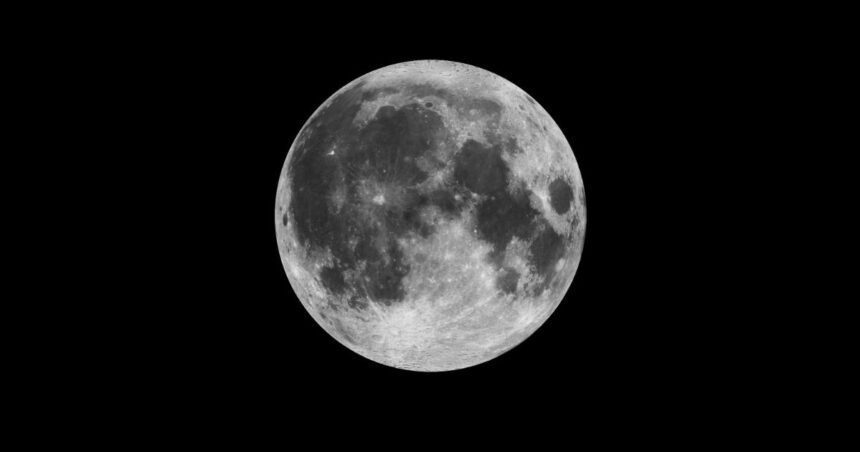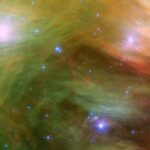Scientists made a groundbreaking discovery about the moon’s interior. New gravity measurements suggest that the moon may have a layer of molten rock deep within its structure. This finding challenges our understanding of Earth’s celestial companion and could have far-reaching implications for lunar science.
For a long time, researchers have debated whether the moon has a molten layer of rock sandwiched between its core and solid exterior. The new evidence, based on how the moon responds to the gravitational pull of Earth and the sun, supports the hypothesis that such a molten layer exists.
Just as Earth has tides influenced by the moon and the sun, the moon also experiences tidal forces from Earth and the sun. These forces cause the moon to deform slightly, and by analyzing these deformations, scientists can gain insights into the moon’s inner structure.
The study’s lead author, Sander Goossens, and his team used data from NASA’s Gravity Recovery and Interior Laboratory (GRAIL) mission and the Lunar Reconnaissance Orbiter (LRO) to make these measurements.
The discovery of a molten layer within the moon is significant because it suggests that the moon’s interior is more complex than previously thought. The moon is thought to have a solid inner core, a partially molten outer core, and a mantle made of solid rock. The presence of a molten layer adds another layer of complexity to the moon’s structure and raises questions about its formation and evolution.
Understanding the moon’s interior is crucial for unravelling its early history and the processes that shaped it. The new findings could help scientists refine their models of the moon’s formation and provide insights into its interior dynamics. This knowledge is essential for future lunar exploration missions and for better understanding other rocky bodies in the solar system.
The discovery also highlights the importance of space-based observations in advancing our knowledge of the moon and other celestial bodies. The GRAIL mission, which collected high-precision measurements of the moon’s gravitational field, played a key role in this discovery. The data from GRAIL allowed scientists to create detailed maps of the moon’s interior, revealing the presence of the molten layer.





